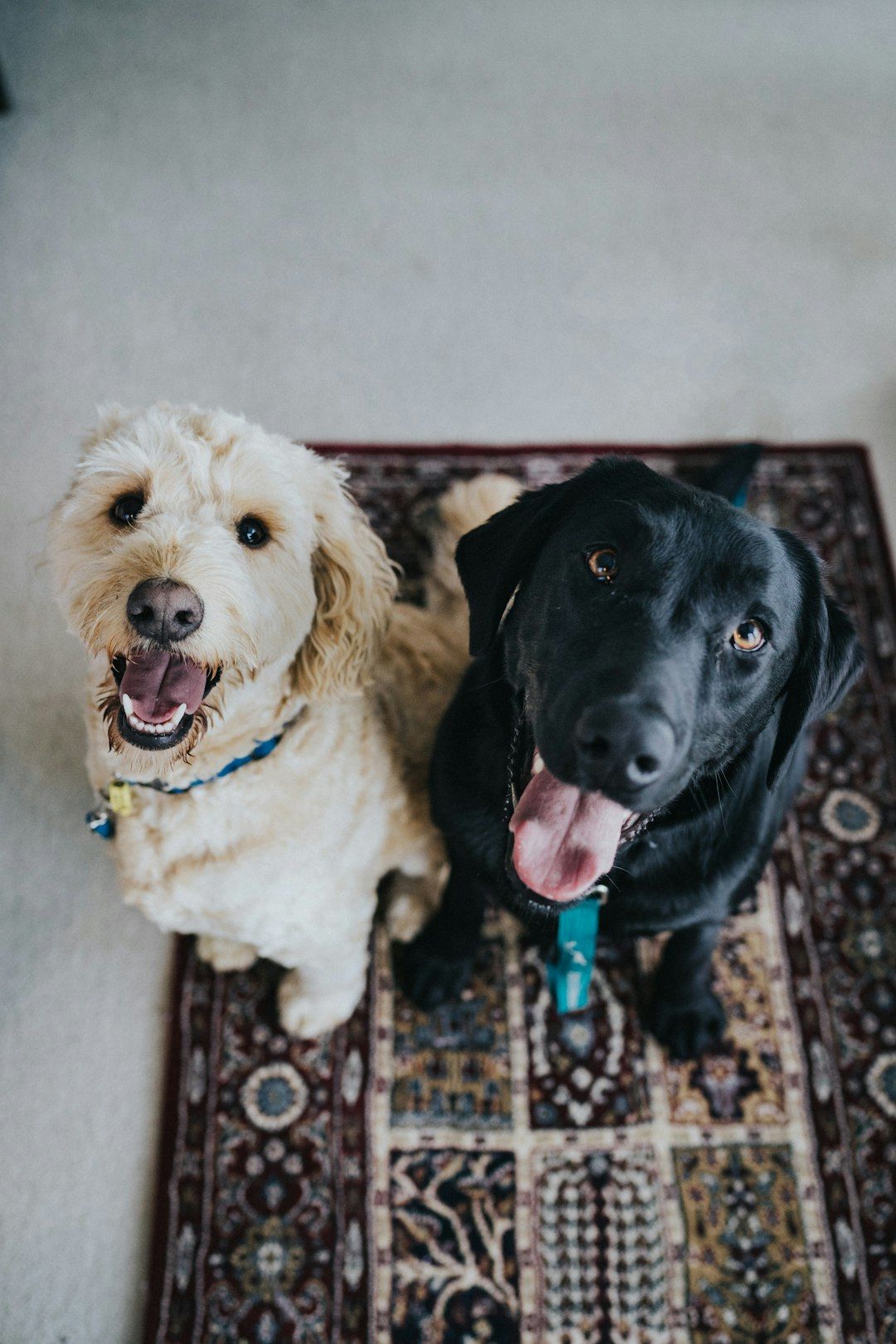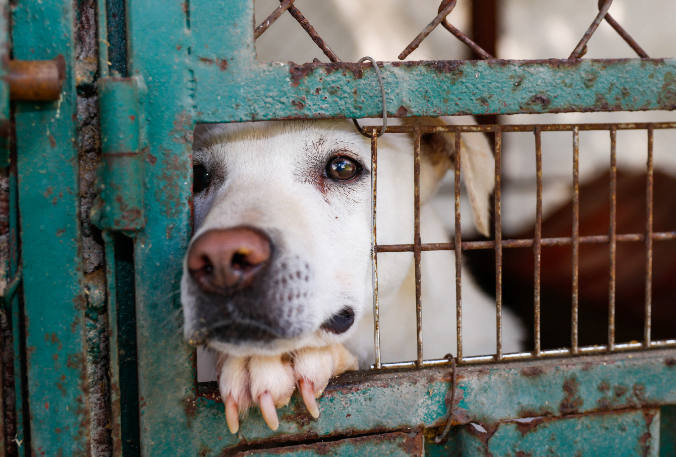Introduction to Dog Body Language
As a dog owner, it’s essential to understand your furry friend’s body language. Dogs communicate primarily through body gestures, and learning how to interpret these signals can help you build a stronger bond with your pet and ensure their well-being. In this blog post, we will explore some common dog body language cues and what they may be trying to tell you.
Tail Wagging
Contrary to popular belief, tail wagging does not always indicate happiness. While it can signify excitement or contentment, it can also express anxiety, fear, or even aggression. To understand what your dog is trying to convey, pay attention to the speed, height, and direction of their tail wag.

- Slow wag: A slow wag usually indicates that your dog is uncertain or cautious.
- Fast wag: A fast wag may signify excitement or happiness.
- High tail: A high tail often represents confidence or dominance.
- Low tail: A low tail can indicate fear, submission, or anxiety.
Facial Expressions
Dogs also use facial expressions to communicate their emotions. Look for changes in their eyes, ears, and mouth to get a better understanding of their feelings.
Eyes
The size and shape of your dog’s eyes can provide insight into their emotional state. For example, wide-open eyes with dilated pupils may indicate fear or anxiety, while squinted or almond-shaped eyes can suggest relaxation or contentment.

Ears
Your dog’s ears can also reveal their emotions. Erect or forward-facing ears typically show interest or alertness, while flattened ears against the head can signal fear or submission.
Mouth
A relaxed, open mouth with a slightly lolling tongue is a sign of a happy and content dog. On the other hand, a tightly closed mouth with tense lips can indicate stress or aggression.
Body Posture
Body posture is another essential aspect of canine communication. Observe your dog’s overall body stance to determine their emotions.

- Relaxed posture: A relaxed posture with a slightly curved body, loose limbs, and an open mouth indicates a happy and comfortable dog.
- Alert posture: An alert dog will have a straight and rigid body, with their weight evenly distributed on all four legs, ready to react to any situation.
- Submissive posture: A submissive dog may lower their body, tuck their tail between their legs, and avoid direct eye contact.
- Aggressive posture: An aggressive dog may have a stiff body, raised hackles, bared teeth, and a direct stare.
Understanding Your Dog’s Vocalizations
While body language is crucial, don’t forget to pay attention to your dog’s vocalizations, such as barking, growling, whining, and howling. Each sound can convey different emotions and needs, and understanding the context and tone can help you respond appropriately to your dog’s needs.
Conclusion
By paying close attention to your dog’s body language and vocalizations, you can develop a deeper understanding of their emotions and needs. This knowledge will enable you to build a stronger bond with your pet and ensure their well-being. Remember, each dog is unique, and it may take time and patience to fully understand your furry friend’s unique communication style.



